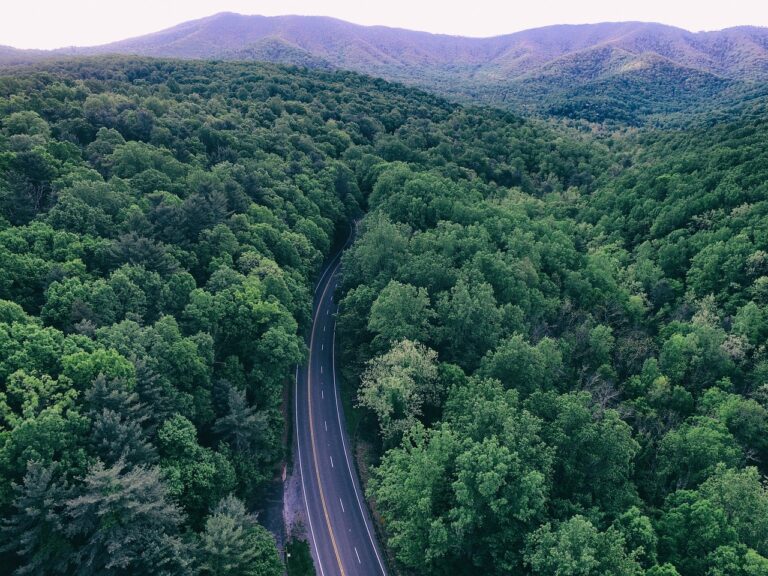The revival of traditional weaving through cultural tourism
Traditional weaving has been an integral part of cultures around the world for centuries. From intricate tapestries in Europe to brightly colored textiles in South America, these ancient techniques have been passed down through generations, preserving the rich heritage of each region. In recent years, there has been a revival of interest in traditional weaving, fueled in part by the rise of cultural tourism.
The Power of Cultural Tourism
Cultural tourism, also known as heritage tourism, focuses on experiencing the unique cultural heritage of a destination. This can include exploring historical sites, attending traditional festivals, and participating in local arts and crafts. Traditional weaving plays a key role in this form of tourism, as it offers travelers a chance to learn about the cultural significance of the craft and support local artisans.
Preserving Cultural Heritage
One of the main benefits of the revival of traditional weaving through cultural tourism is the preservation of cultural heritage. Many weaving traditions are at risk of being lost as younger generations move away from rural areas and traditional lifestyles. By promoting these crafts as part of a cultural tourism experience, communities can help ensure that these ancient techniques are passed down to future generations.
Empowering Artisans
Traditional weaving is often a source of income for artisans in rural communities. By incorporating weaving demonstrations and workshops into cultural tourism experiences, these artisans can showcase their skills to a wider audience and generate additional income. This not only helps support local economies but also empowers artisans to continue practicing their craft with pride.
Encouraging Sustainable Practices
As the global fashion industry faces increasing scrutiny for its environmental impact, traditional weaving offers a more sustainable alternative. Many traditional weaving techniques use natural fibers and dyes, reducing the reliance on synthetic materials that contribute to pollution. By promoting traditional weaving through cultural tourism, communities can encourage a return to these sustainable practices.
Spreading Cultural Awareness
Through cultural tourism initiatives, travelers have the opportunity to engage with local communities and gain a deeper understanding of their traditions and way of life. Traditional weaving is a tangible expression of a culture’s history and identity, making it a powerful tool for spreading cultural awareness. By participating in weaving workshops and interacting with artisans, travelers can develop a newfound appreciation for the craft and the culture that created it.
Supporting Local Economies
Traditional weaving is often a source of income for communities in rural areas. By incorporating weaving experiences into cultural tourism offerings, these communities can attract more visitors and generate revenue that supports local businesses. This economic boost can have far-reaching effects, helping to create jobs, improve infrastructure, and promote overall prosperity in the region.
FAQs
What is traditional weaving?
Traditional weaving refers to the practice of creating textiles using manual looms and age-old techniques that have been passed down through generations. These techniques vary from region to region and often hold deep cultural significance.
Why is traditional weaving important?
Traditional weaving is important for preserving cultural heritage, empowering artisans, encouraging sustainable practices, spreading cultural awareness, and supporting local economies.
How can travelers participate in traditional weaving experiences?
Travelers can participate in traditional weaving experiences by attending weaving workshops, visiting weaving cooperatives, and purchasing handwoven textiles from local artisans.







